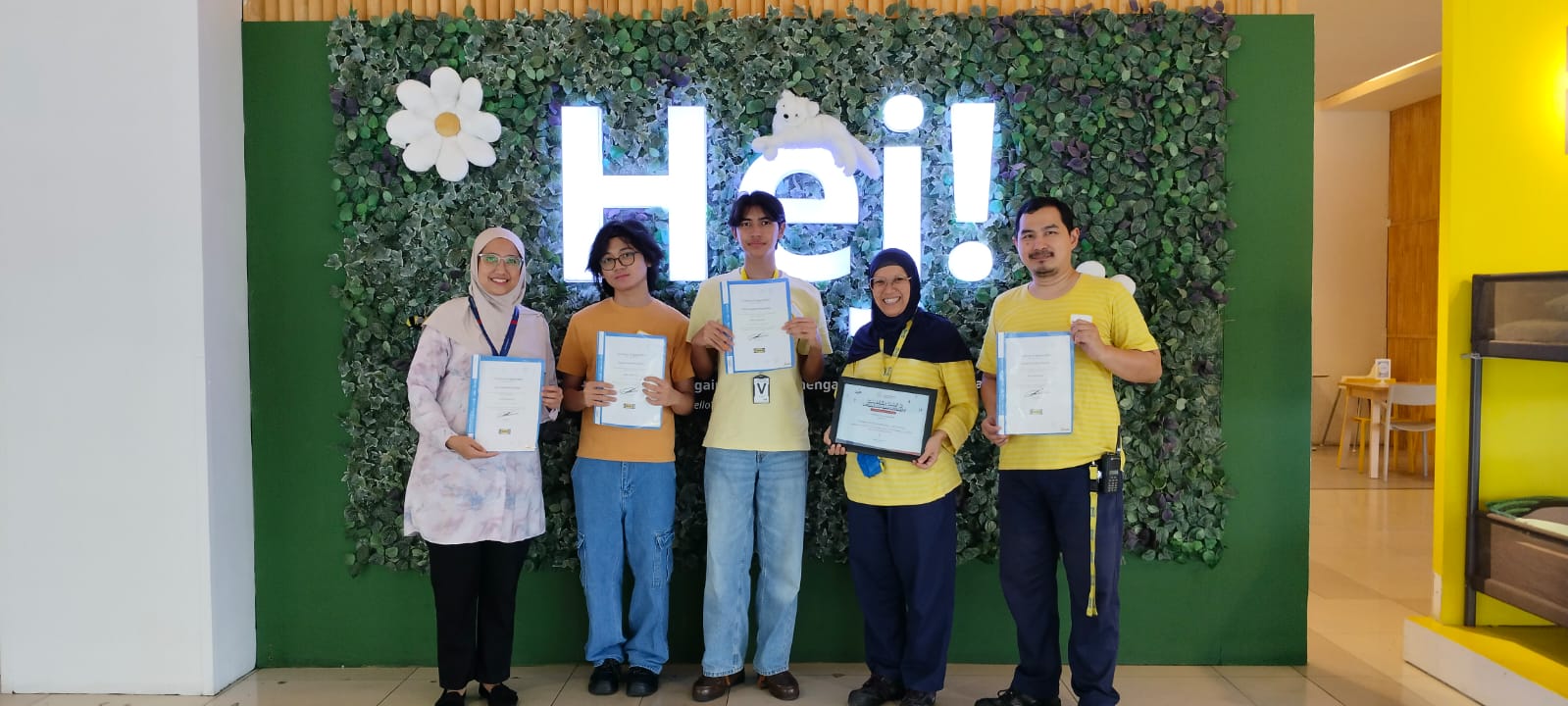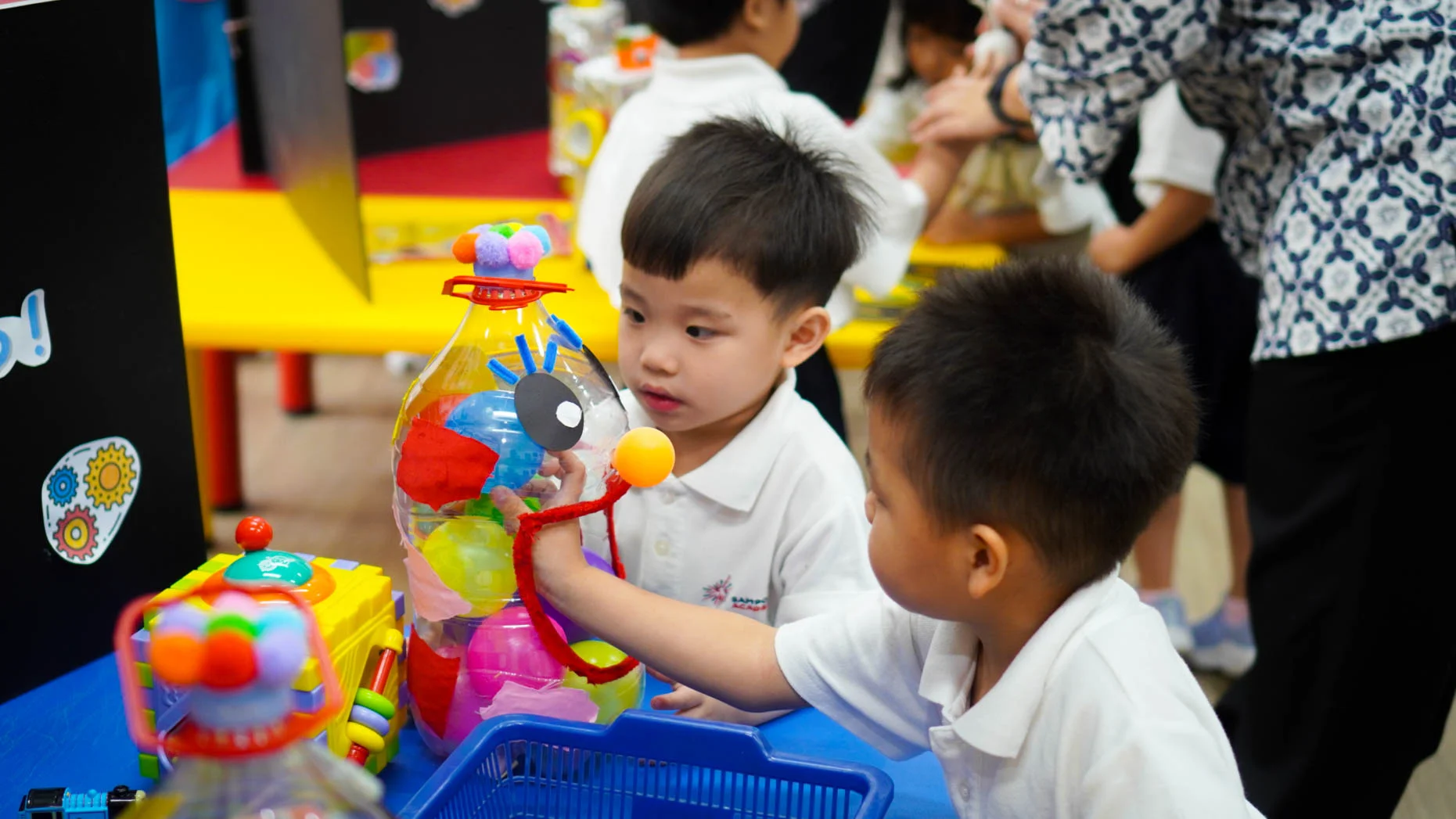Photosynthesis is a mysterious mechanism in plants and is how they produce sustenance. Plants, like us, require something special to help them develop and have energy, particularly sunlight.
Plants have tiny sections called leaves, which contain little green stuff called chlorophyll. Consider chlorophyll to be the plant's superpower. When the sun shines on the leaves, the chlorophyll excites and does incredible things. It absorbs carbon dioxide from the air (humans expel it) and water from the ground, then combines the two using sunlight.
When these substances combine, they produce sustenance for the plant, known as glucose. This glucose gives the plant the energy to grow, blossom, and produce fruits. Furthermore, the plant emits oxygen into the air, which is critical for us and other animals to breathe.
 When plants have enough light to "see" the sun, photosynthesis begins in the morning. Plants are like mini-solar power plants that require sunshine to function. When the sun rises in the morning, it emits sunlight, a mixture of hues, including red and blue light.
Plants contain a particular component in their leaves called chlorophyll, which functions similarly to solar panels. Chlorophyll is light-sensitive, particularly to the red and blue wavelengths of sunshine. The chlorophyll awakens and begins working as soon as the first rays of the sun strike the leaves.
Chlorophyll absorbs sunlight energy and converts it into nourishment for the plant by converting carbon dioxide from the air and water from the Earth. This meal, known as glucose, provides the plant with the energy it requires to develop and thrive.
As a result, photosynthesis begins as soon as the sun rises in the morning and supplies the light energy plants require to produce their food. It's as though the plants, like us, are eating a tasty and nutritious breakfast to start their day!
When plants have enough light to "see" the sun, photosynthesis begins in the morning. Plants are like mini-solar power plants that require sunshine to function. When the sun rises in the morning, it emits sunlight, a mixture of hues, including red and blue light.
Plants contain a particular component in their leaves called chlorophyll, which functions similarly to solar panels. Chlorophyll is light-sensitive, particularly to the red and blue wavelengths of sunshine. The chlorophyll awakens and begins working as soon as the first rays of the sun strike the leaves.
Chlorophyll absorbs sunlight energy and converts it into nourishment for the plant by converting carbon dioxide from the air and water from the Earth. This meal, known as glucose, provides the plant with the energy it requires to develop and thrive.
As a result, photosynthesis begins as soon as the sun rises in the morning and supplies the light energy plants require to produce their food. It's as though the plants, like us, are eating a tasty and nutritious breakfast to start their day!
How is the Equation of Photosynthesis?
A simple chemical equation can represent the photosynthesis process: 6 CO2 + 6 H2O + light energy → C6H12O6 (glucose) + 6 O2 In layman's terms, this equation states that during photosynthesis, the plant converts carbon dioxide (6 CO2) and water (6 H2O) into glucose (C6H12O6) and oxygen (6 O2). Because photosynthesis involves multiple complex chemical reactions, this is a simplified picture. Still, it captures how plants use sunlight to make energy-rich glucose and release oxygen as a byproduct.How Does Photosynthesis Get Started in the Morning?
 When plants have enough light to "see" the sun, photosynthesis begins in the morning. Plants are like mini-solar power plants that require sunshine to function. When the sun rises in the morning, it emits sunlight, a mixture of hues, including red and blue light.
Plants contain a particular component in their leaves called chlorophyll, which functions similarly to solar panels. Chlorophyll is light-sensitive, particularly to the red and blue wavelengths of sunshine. The chlorophyll awakens and begins working as soon as the first rays of the sun strike the leaves.
Chlorophyll absorbs sunlight energy and converts it into nourishment for the plant by converting carbon dioxide from the air and water from the Earth. This meal, known as glucose, provides the plant with the energy it requires to develop and thrive.
As a result, photosynthesis begins as soon as the sun rises in the morning and supplies the light energy plants require to produce their food. It's as though the plants, like us, are eating a tasty and nutritious breakfast to start their day!
When plants have enough light to "see" the sun, photosynthesis begins in the morning. Plants are like mini-solar power plants that require sunshine to function. When the sun rises in the morning, it emits sunlight, a mixture of hues, including red and blue light.
Plants contain a particular component in their leaves called chlorophyll, which functions similarly to solar panels. Chlorophyll is light-sensitive, particularly to the red and blue wavelengths of sunshine. The chlorophyll awakens and begins working as soon as the first rays of the sun strike the leaves.
Chlorophyll absorbs sunlight energy and converts it into nourishment for the plant by converting carbon dioxide from the air and water from the Earth. This meal, known as glucose, provides the plant with the energy it requires to develop and thrive.
As a result, photosynthesis begins as soon as the sun rises in the morning and supplies the light energy plants require to produce their food. It's as though the plants, like us, are eating a tasty and nutritious breakfast to start their day!


